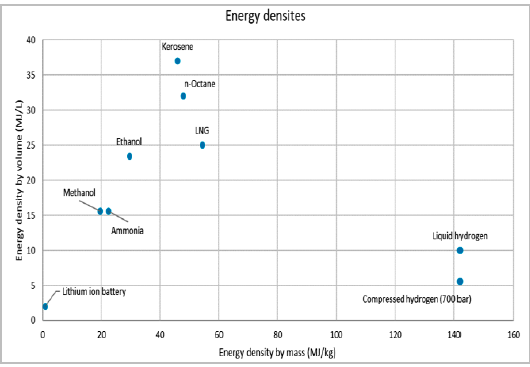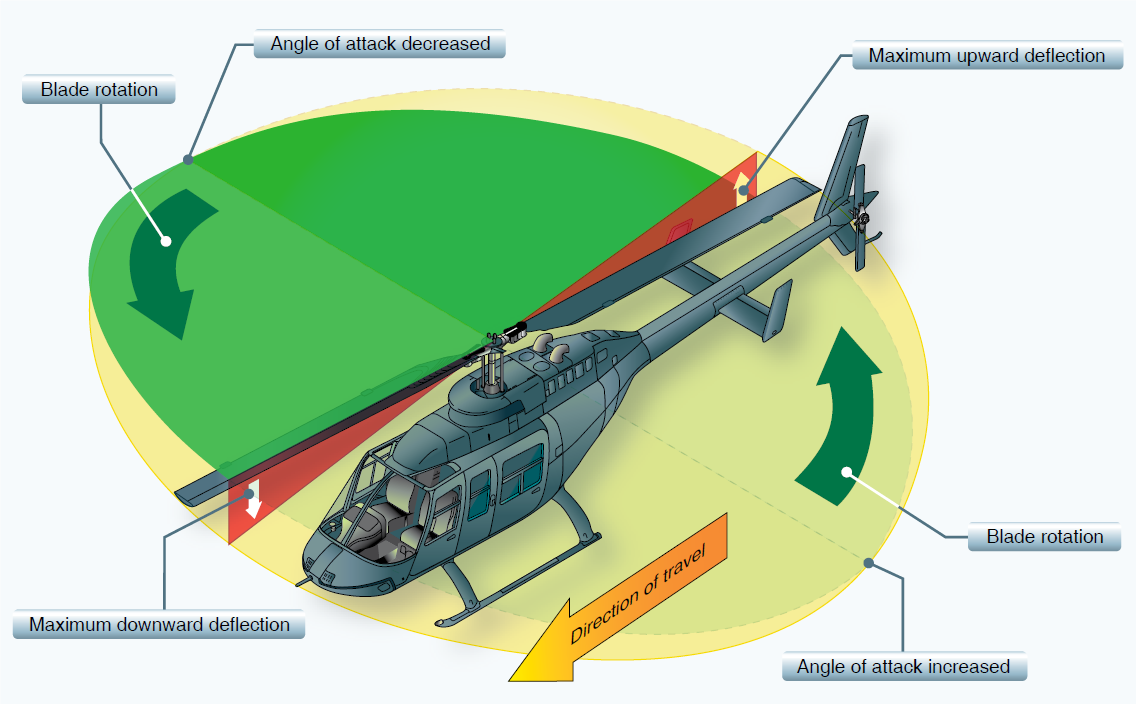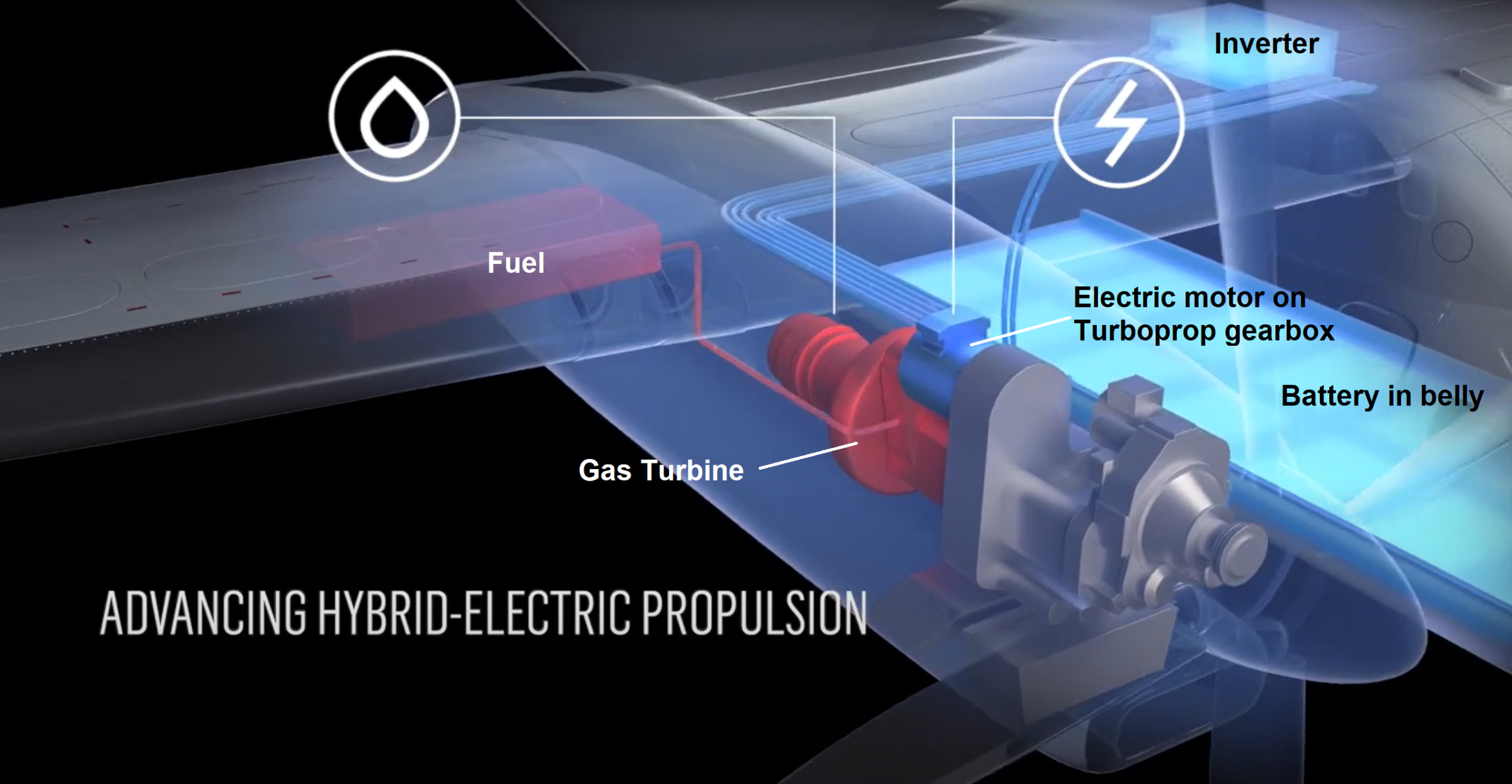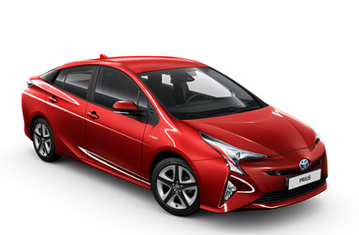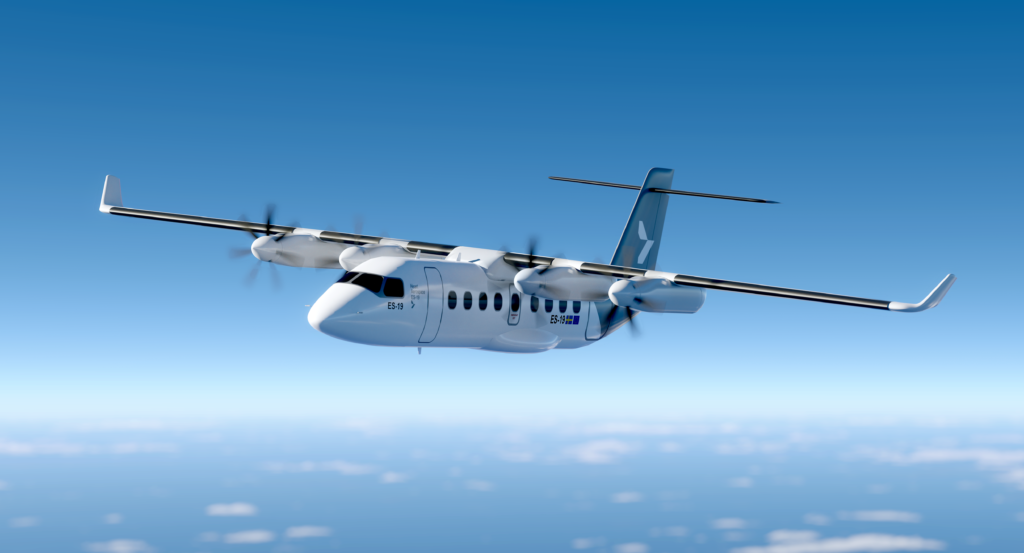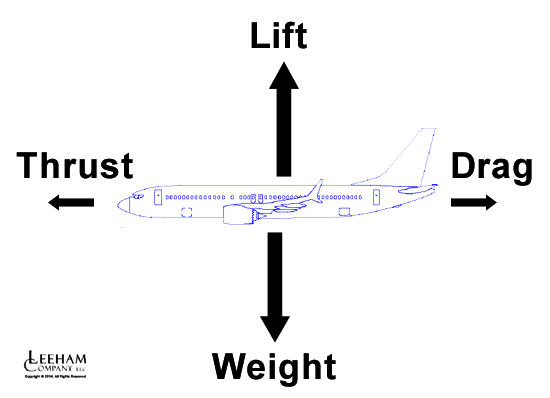Leeham News and Analysis
There's more to real news than a news release.
Bjorn’s Corner: Sustainable Air Transport. Part 12. Hydrogen storage.
March 25, 2022, ©. Leeham News: Last week, we looked at the energy density by mass and volume for hydrogen and regular Jet fuel (Kerosene), Figure 1.
With this information, we now look at how these fuels can be stored in an aircraft.
Read more
Bjorn’s Corner: Sustainable Air Transport. Part 11. Hydrogen and SAF.
March 18, 2022, ©. Leeham News: In our series, we have now seen the major limitations batteries as an energy source impose on an airliner and that hybrids work but don’t bring any advantages for an airliner.
The alternatives are to use an energy source with a higher energy density and combine it with an efficient propulsion system. Sustainable Aviation Fuel, SAF, has the same high energy density as today’s Jet fuel and hydrogen’s density is three times higher than Jet fuel.
Bjorn’s Corner: Sustainable Air Transport. Part 10. Where Hybrids work.
March 11, 2022, ©. Leeham News: After our articles about Serial Hybrids and Parallel Hybrids showed they were unsuitable for airliners, where do these make sense?
The obvious answer is for our stop-and-go cars (as we then can recover the brake waste energy). Still, there are aeronautical special cases where hybrids can bring advantages. Let’s look into these.
Bjorn’s Corner: Sustainable Air Transport. Part 9. Parallel Hybrids.
March 4, 2022, ©. Leeham News: This is a summary of the article Part 9P. Parallel Hybrid, the Deeper Discussion.
We look into the Pratt & Whitney, Collins Aerospace, and De Havilland project to create a Parallel Hybrid propulsion alternative for the Dash 8 turboprops.
The project “targets a 30% reduction in fuel burn and CO2 emissions, compared to a modern regional turboprop airliner” according to the Pratt & Whitney press release.
Bjorn’s Corner: Sustainable Air Transport. Part 9P. Parallel Hybrid. The deeper discussion.
Subscription required
March 4, 2022, ©. Leeham News: This is a complementary article to Part 9. Parallel Hybrid. It uses Leeham Company’s Aircraft Performance Model from our consultancy practice to analyze the design of a Parallel Hybrid aircraft for regional operations.
Our design brief is to make turboprop upgrade packages for De Havilland DH8-200,-300, and-400 aircraft. By using a Parallel Hybrid we could “target a 30% reduction in fuel burn and CO2 emissions, compared to a modern regional turboprop airliner” according to Pratt & Whitney Canada. Time to check if we can reach these levels.
Bjorn’s Corner: Sustainable Air Transport. Part 8. Serial Hybrids.
February 25, 2022, ©. Leeham News: This is a summary of the article Part 8P. Serial Hybrid, the deeper discussion.
We take an ES-19 type of battery aircraft and add a range extender to avoid the inadequate range we found in Part 6 and 6P.
Initially, it seems a good idea. We can use the benefits of the battery and then complement it with energy from the range extender. As you systematically work through the concept, the problems surface.
Bjorn’s Corner: Sustainable Air Transport. Part 7. Hybrids.
February 18, 2022, ©. Leeham News: Having covered batterie-based electric aircraft in the last three articles, we now move to the next ideas to improve our aircraft’s efficiency and burn less carbon-based fuels, hybrids.
A word of caution first. The words Sustainable, Electric, and Hybrid are, because of their success in ground transportation, virtually a must in any news release from anyone involved in aviation these days. We will unveil what is behind all this and what is real and what’s Greenwashing.
Bjorn’s Corner: Sustainable Air Transport. Part 6P. Energy consumption, the deeper discussion.
Subscription required
February 11, 2022, ©. Leeham News: This is a complementary article to Part 6. Energy consumption. It uses the Aircraft Performance Model from our Consultancy practice to generate energy consumed data when we fly a typical airline mission for the first aircraft we analyze, the battery-based Eviation Alice and Heart Aerospace ES-19.
These represent what to expect for airliners that have chosen this energy storage principle.
Bjorn’s Corner: Sustainable Air Transport. Part 6. Energy consumption.
February 11, 2022, ©. Leeham News: In a sister article, Part 6P. Energy consumption, the deeper discussion we use Leeham’s Aircraft Performance Model from our consulting practice to generate the aeronautical energy consumption for aircraft like Eviation’s Alice and Heart Aerospace’s ES-19.
This is the energy needed to combat the drag of the airframe during flight (Figure 1). We then add the losses in the chosen propulsion system to arrive at the energy drawn from the energy source.
Bjorn’s Corner: Sustainable Air Transport. Part 5. Fundamentals recap.
February 4, 2021, ©. Leeham News: We did a simple reality check on two high-profile ideas for Sustainable Air Transport last week, the Eviation Alice project and Heart Aerospace’s ES-19.
We now look at energy usage when performing Sustainable Air Transport flights, but it can be timely to recap some fundamentals of such flights before we discuss this.



